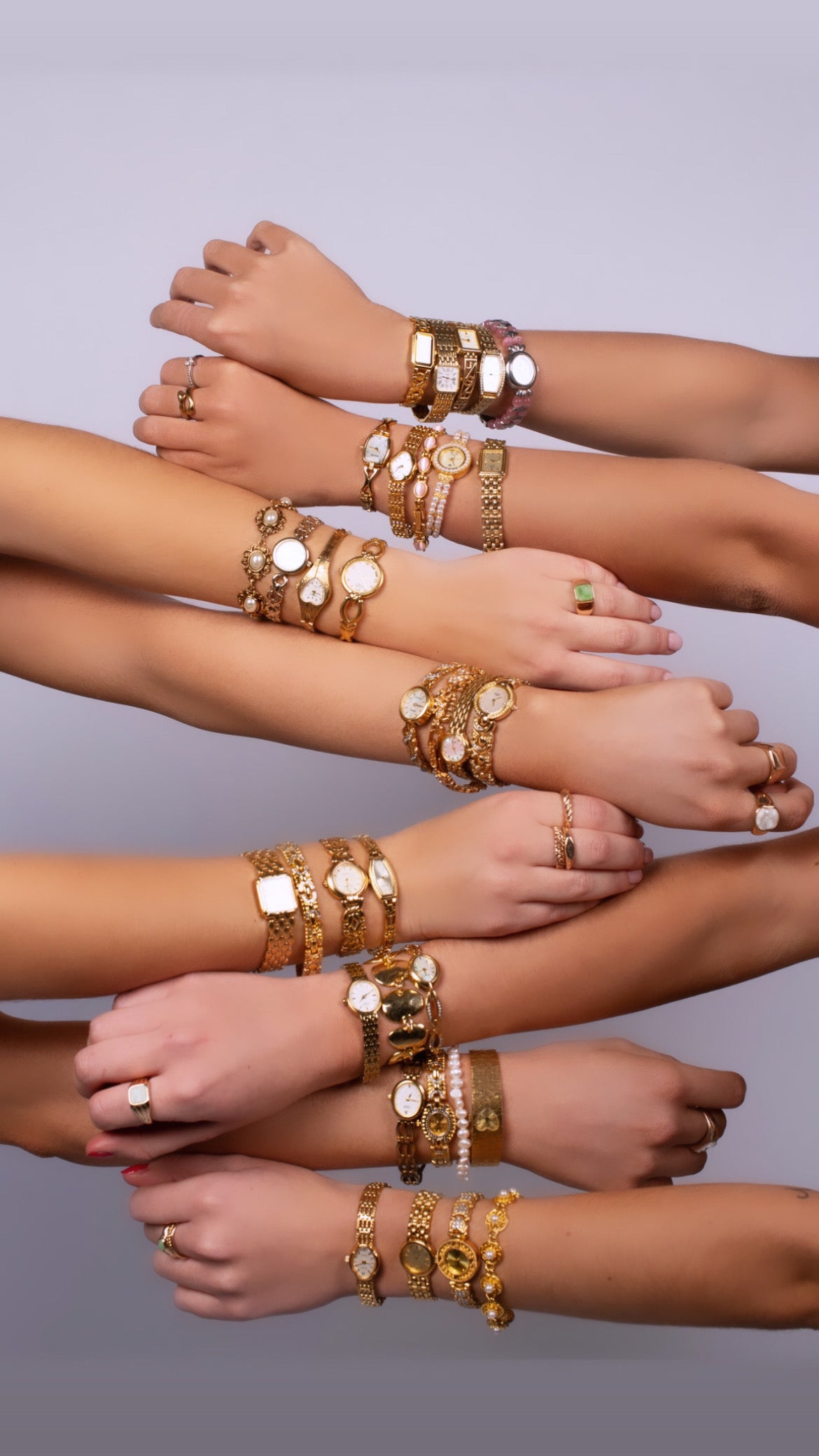Pearl History
Pearls, throughout history, have been regarded as prized gems of beauty and rarity. They have been sought after for as long as 4,000 years and are unlike any other precious gemstones as they need no man-made enhancements such as cutting or polishing to reveal their exquisiteness and are the only gem to come from a living organism. These symbols of wealth were highly revered by Romans, rulers of Ancient India and the Chinese.
The ancient Greeks believed that pearls should be a part of weddings. It was believed that if a bride wore pearl jewellery on her wedding day that she would have a happy marriage with few tears. The word “pearl” has become highly associated with “love.”
The Egyptian queen, Cleopatra, renowned for her legendary beauty provides a well-known romantic anecdote from her courtship with Mark Antony. It has been reported that Cleopatra bet Mark Antony that she could serve the most expensive dinner of all time. Cleopatra simply removed one of her priceless pearl earrings and dropped it in her wine glass to dissolve. Pearls were highly revered and very expensive in that era. Needless to say, she won the wager!
Spanish conquistadors discovered that around the islands of Cubaqua and Margarita (some 200 km north of the Venezuelan coast) there was an extensive sea-bed of pearl oysters. One pearl discovered, ‘La Peregrina’ pearl, was offered to the Spanish queen and has been owned by many famous people throughout history, most notably, Elizabeth Taylor. (The La Peregrina pearl and necklace created for Elizabeth Taylor was sold by Christie's after her death and was the most expensive piece of jewellery to be sold from her collection).



